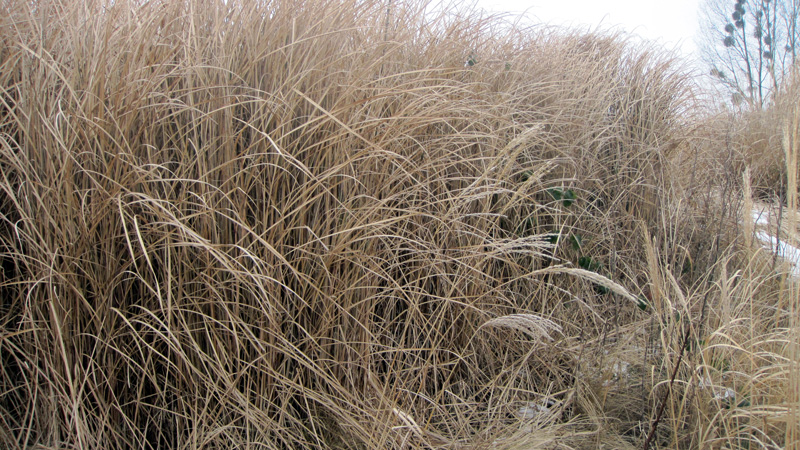In a few weeks, grasses will start to show their new leaves, and it will be time to cut them back, but be careful, not all can withstand this!
In northern gardens, grasses are sometimes the only spectacle of winter. They become covered in frost, undulate with the wind, and brighten our dull gardens with the first ray of sunshine. However, by mid-February to early March, the foliage will start to regenerate, and the faded stems will need to be cut back to the ground.
But be careful, not all should be cut back to the ground; only deciduous species are affected, while the evergreen ones should be combed. To clarify, here is a non-exhaustive list of deciduous genera to cut back:
Andropogon, Bouteloua, Calamagrostis, Chasmanthium, Hakonechloa, Imperata, Melica, Miscanthus, Molinia, Panicum, Pennisetum, Spartina.
And a second list of evergreen genera to comb:
Carex, Cortaderia, Deschampsia, Elymus, Festuca, Helictotrichon, Luzula, Muhlenbergia, Phaenopserma, and Stipa.
For deciduous genera, the operation is simple: take a pruning shear, a shear, or like me, a hedge trimmer, and cut everything back to 10-15 cm from the ground, and that's it! For evergreens, take a rake; you can also do it by hand, and gently comb the foliage to retain only the old leaves; this works very well except for old clumps of Stipa tenuissima, which have the annoying habit of pulling out, and this is actually the signal to divide them and thus rejuvenate the old specimens.
































Comments